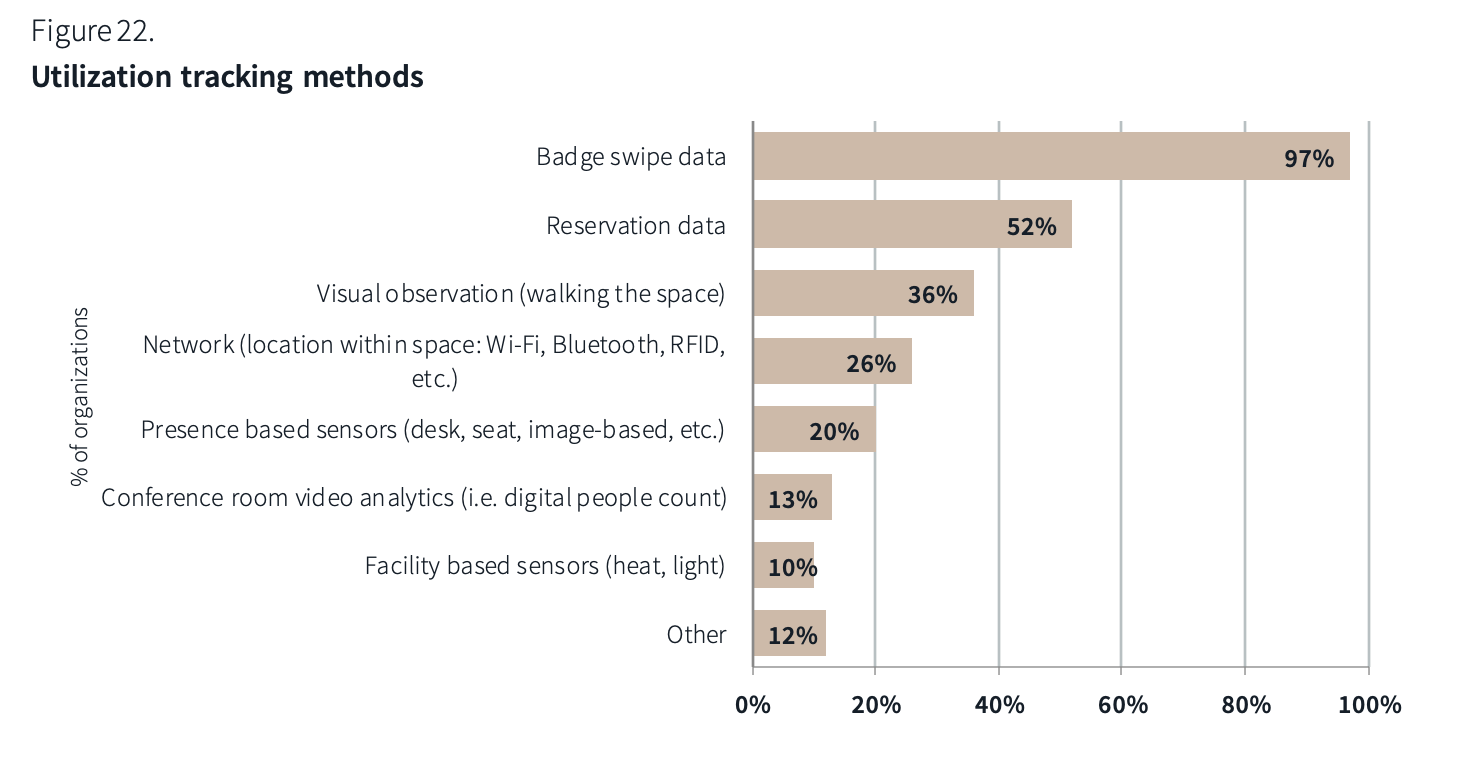
More companies using technology to track office utilization for better implementation of hybrid work

Space utilisation emerged as one of the top drivers for hybrid work across the world, according to a new report, as employers struggle to make room for an expanded workforce in a limited office space.
JLL's 2024 Global Occupancy Planning Benchmarking Report found that 87% of organisations worldwide are now operating with a hybrid programme.
Majority of the respondents said optimising space utilisation (79%) is a driver behind their hybrid arrangements. Others cited improving employee experience (60%) and supporting changing workstyles (59%).
 Source: JLL's Global Occupancy Planning Benchmarking Report 2024
Source: JLL's Global Occupancy Planning Benchmarking Report 2024
These findings come amid recent reports that employers are inflating their on-site days amid expectations of low compliance as they struggle to find enough office space for their bigger post-pandemic workforce.
And with nearly 50% of employers planning to expand their hybrid programme policies in the next three years, JLL's report found that an increasing number of companies are tracking space utilisation data, as well as occupancy/vacancy data, as workplace planning becomes more complex.
It found that 72% of companies are now using utilisation data for planning, while 43% are using it to determine their hybrid programme styles.
Meanwhile, the report also found that technology is playing a major role in tracking office utilisation.
"Utilisation data is key to unlocking the value in an organisation's hybrid programme, and we are seeing companies reach for technology more frequently to inform how to best use their space, and leverage occupancy data to do so more dynamically and intelligently," said Neil Murray, CEO, Work Dynamics at JLL, in a statement.
According to the report, 97% of employers are now using badge swipe data to monitor office utilisation, a major increase from the 36% seven years ago.
 Source: JLL's Global Occupancy Planning Benchmarking Report 2024
Source: JLL's Global Occupancy Planning Benchmarking Report 2024
"Companies are shifting away from visual observations overall, with 36% of organisations reporting visual observations for utilisation tracking, down from 75% in 2017," the report read.
Murray underscored that there is "no one-size-fits-all approach to occupancy planning in a hybrid workplace," with the report stressing that technology could serve as a crucial guide for more holistic occupancy management.
"Forward-thinking companies should consider how technology and advanced analytics can accelerate efficiencies for occupancy planning, workspace design, and the dynamic management of workplaces," the report read.